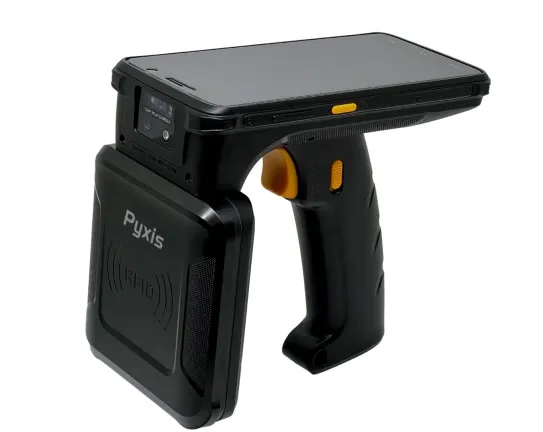Peek Traffic is using the ITS America Annual Meeting for the first public showing of its ADR Sabre which, the company says, will set a new standard for high-performance, portable vehicle counter/classifiers. Using advanced technology, the device provides versatility and accuracy for a wide range of highly effective vehicular traffic studies.
May 21, 2012
Read time: 2 mins

Examples of Sabre’s features include: very high-speed electronics for outstanding vehicle classification accuracy and high precision data such as vehicle speed in increments of 0.01mph; a display screen with x4 more capacity combined with a new interface menu which enables quick, easy setup and data monitoring; 16MB of permanent memory plus up to 4GB of optional memory support multiple simultaneous binned studies and extensive time stamped event recording; very low energy consumption which allows field use for months before recharge, dramatically reducing labour and battery costs; and USB interfaces which allow simple, high-speed transfer of study files for set-up and data for post processing.
An additional benefit to owners of the Peek ADR 1000 is the potential to upgrade their units to Sabre with very attractive cost savings compared to buying new units.
Peek is currently shipping the base-level Sabre with four road tube inputs. Firmware and optional cabling will soon enable the same unit to support contact closure input. Also available soon will be options to support high-performance processing for loop sensors, WIM and so on.










